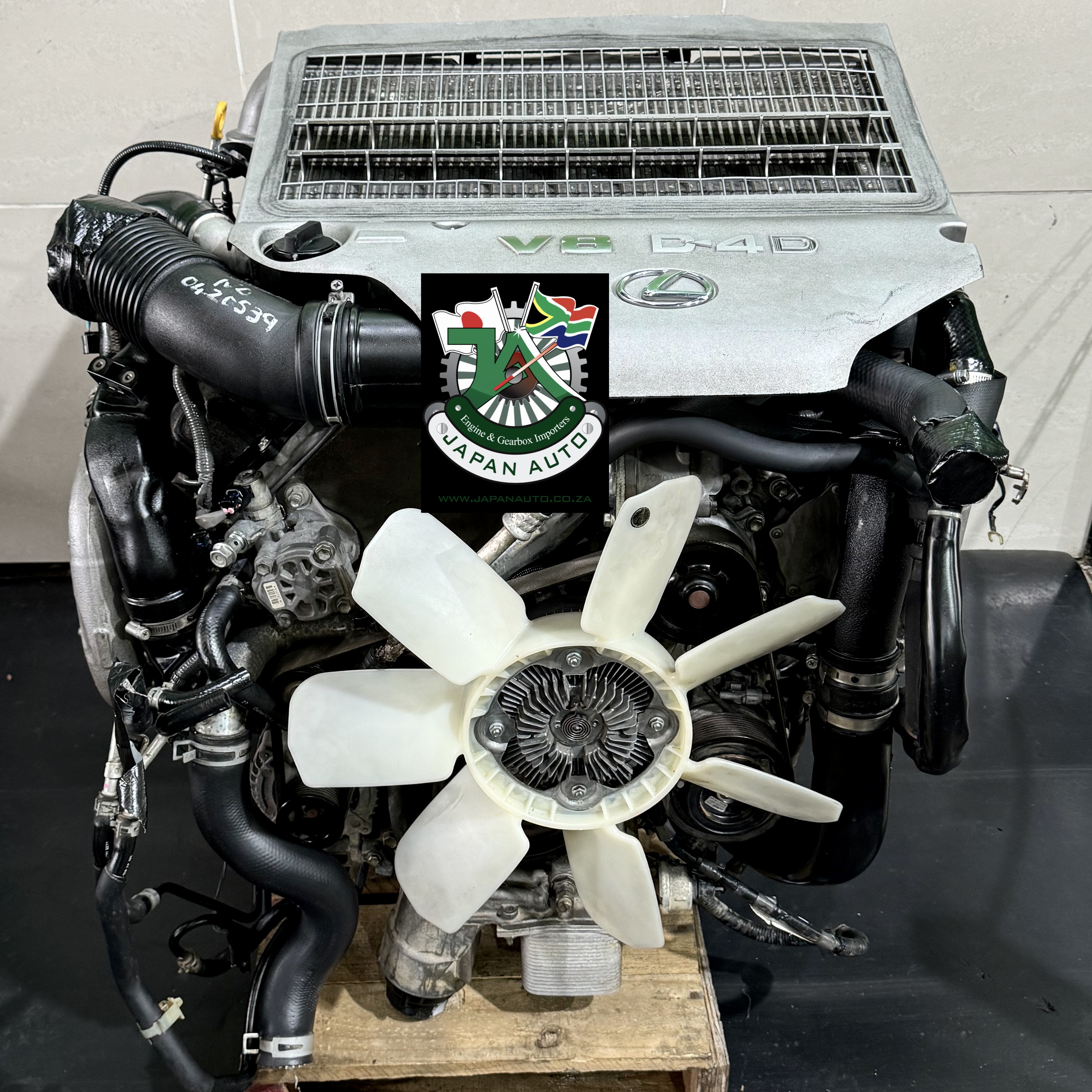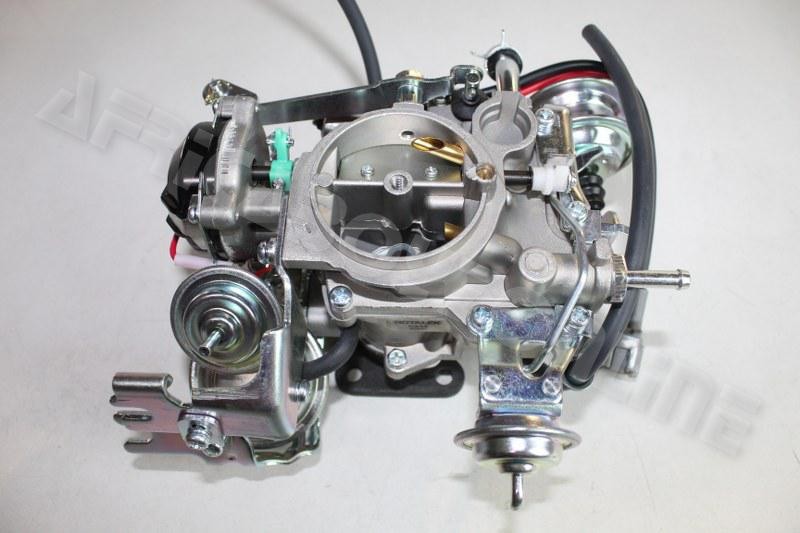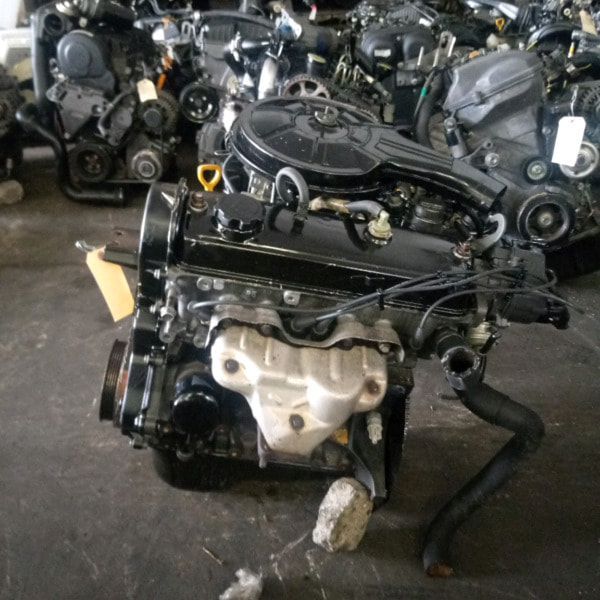How the Toyota Tazz Became a Staple in the Compact Car Market
How the Toyota Tazz Became a Staple in the Compact Car Market
Blog Article
Check Out the most recent Trends in Engine Modern Technology With Tazz
In the swiftly advancing landscape of automotive technology, Tazz stands at the center, highlighting substantial developments in engine systems that prioritize both advancement and sustainability. tazz. From crossbreed engines that optimize gas performance to the introduction of hydrogen fuel cells, the patterns forming modern powertrains are not just improving efficiency however additionally attending to crucial ecological challenges. As the market continues to push borders, it is vital to consider exactly how these growths will affect future transport services and the more comprehensive implications for worldwide power consumption. What lies in advance in this pivotal improvement?
Crossbreed Engine Innovations
Crossbreed engine advancements stand for a crucial change in automotive technology, combining the benefits of internal combustion engines with electrical propulsion systems. This assimilation not just boosts gas performance yet additionally lowers exhausts, conference progressively rigid ecological guidelines. By using both energy sources, hybrid engines can optimize efficiency, delivering power when required while saving fuel throughout less demanding motoring problems.
Recent developments in crossbreed technology include renovations in battery performance and regenerative braking systems. These developments enable greater power healing during slowdown, which can be redirected to assist in velocity or power auxiliary systems. Furthermore, suppliers are concentrating on portable designs and light-weight materials to take full advantage of the performance of crossbreed powertrains.
The development of plug-in crossbreeds has additionally expanded the marketplace, allowing drivers to bill their vehicles making use of standard electrical outlets. This function often permits significant all-electric array, additional reducing dependence on conventional gas. tazz. As the vehicle sector proceeds to evolve, hybrid engine innovations are expected to play an essential role in linking the gap between traditional lorries and fully electric designs, giving a transitional solution that accommodates diverse customer demands and choices
Advances in Electric Powertrains
The automobile landscape is quickly advancing, with electrical powertrains becoming a leading force in sustainable transportation. Advancements in electric car (EV) innovation are dramatically boosting individual, effectiveness, and performance experience. Key innovations include renovations in battery chemistry, which have actually boosted power density, reduced charging times, and expanded general battery life.
Solid-state batteries, for instance, guarantee to transform the market by giving better security and efficiency contrasted to standard lithium-ion cells. Innovations in regenerative braking systems are making it possible for automobiles to recover energy throughout slowdown, contributing to overall performance.
In enhancement to battery modern technology, electric motor designs are becoming a lot more advanced. Technologies such as integrated electric motors and advanced thermal management systems are assisting to maximize power delivery and minimize weight, ultimately enhancing car characteristics.

Jointly, these developments highlight the commitment to change in the direction of cleaner, much more efficient transport options, positioning electrical powertrains at the center of automobile innovation.
The Surge of Hydrogen Gas Cells
Increasingly, hydrogen gas cells are getting traction as a sensible option to traditional inner combustion engines and battery electrical vehicles. This modern technology takes advantage of the chemical energy kept in hydrogen, converting it right into electrical power via an electrochemical reaction with oxygen. The key by-product of this procedure is water, making hydrogen fuel cells an eco-friendly alternative with zero exhausts at the tailpipe.

Automakers are significantly buying hydrogen gas cell technology, acknowledging its potential for long-range applications and fast refueling capacities that match standard fuels. Furthermore, fields such as heavy-duty transport and public transit are particularly fit for hydrogen fuel cells, where battery electric solutions might fail as a result of weight and range restrictions.
As research and financial investment remain to expand, hydrogen gas cells are positioned to play a significant function in the future landscape of tidy transportation and power services.
Enhancements in Internal Burning Engines
Innovations try here in internal burning engine (ICE) technology are changing conventional cars to fulfill contemporary ecological requirements and performance expectations. Straight fuel injection, for instance, permits for much better atomization of fuel, leading to more full combustion and enhanced power result.
In addition, turbocharging has acquired prominence, permitting smaller engines to deliver greater performance without the weight of bigger engines - tazz. This innovation not only boosts performance however also adds to lower gas usage. Variable valve timing systems are likewise being refined, making it possible for engines to adapt to various driving problems for improved torque and responsiveness
In addition, the use of light-weight materials in engine construction is coming to be conventional, further improving fuel effectiveness by reducing general vehicle weight. Engine control systems (ECUs) are increasingly advanced, enabling real-time modifications that maximize performance and exhausts.
These enhancements collectively indicate a critical change in ICE technology, lining up with international sustainability goals tazz while still offering the efficiency drivers get out of their lorries. As the industry develops, these renovations remain to shape the future of conventional auto design.
Future Trends in Engine Effectiveness
Considerable innovations in engine efficiency are anticipated as makers concentrate on incorporating cutting-edge technologies to satisfy rigorous ecological policies and consumer find more demands. The change towards electrification, crossbreed systems, and alternate gas is reshaping the automobile landscape, driving technologies that enhance gas economy and minimize emissions.
One of the vital trends is the application of advanced products and manufacturing methods. Light-weight compounds and high-strength alloys add to minimized car weight, hence improving overall effectiveness. Furthermore, the adoption of turbocharging and variable valve timing innovations enables enhanced power output from smaller engines, further improving fuel economy.

Conclusion
To conclude, the exploration of engine innovation discloses substantial advancements that prioritize sustainability and efficiency. Developments in hybrid engine systems, electric powertrains, and hydrogen fuel cells demonstrate a commitment to minimizing discharges while improving efficiency. Renovations in interior combustion engines and a focus on lightweight products add to total engine effectiveness. As the vehicle market continues to evolve, these trends will play a vital function fit a cleaner and more lasting future for transport.
From hybrid engines that optimize gas effectiveness to the emergence of hydrogen fuel cells, the fads shaping modern powertrains are not just enhancing efficiency however also resolving vital environmental obstacles.Hybrid engine technologies represent a crucial shift in auto innovation, incorporating the benefits of inner combustion engines with electrical propulsion systems.Additionally, turbocharging has obtained importance, permitting smaller engines to provide greater performance without the weight of bigger engines. In addition, the adoption of turbocharging and variable shutoff timing technologies enables for boosted power output from smaller engines, additionally enhancing fuel economic situation.
Improvements in internal burning engines and an emphasis on light-weight materials contribute to general engine performance.
Report this page